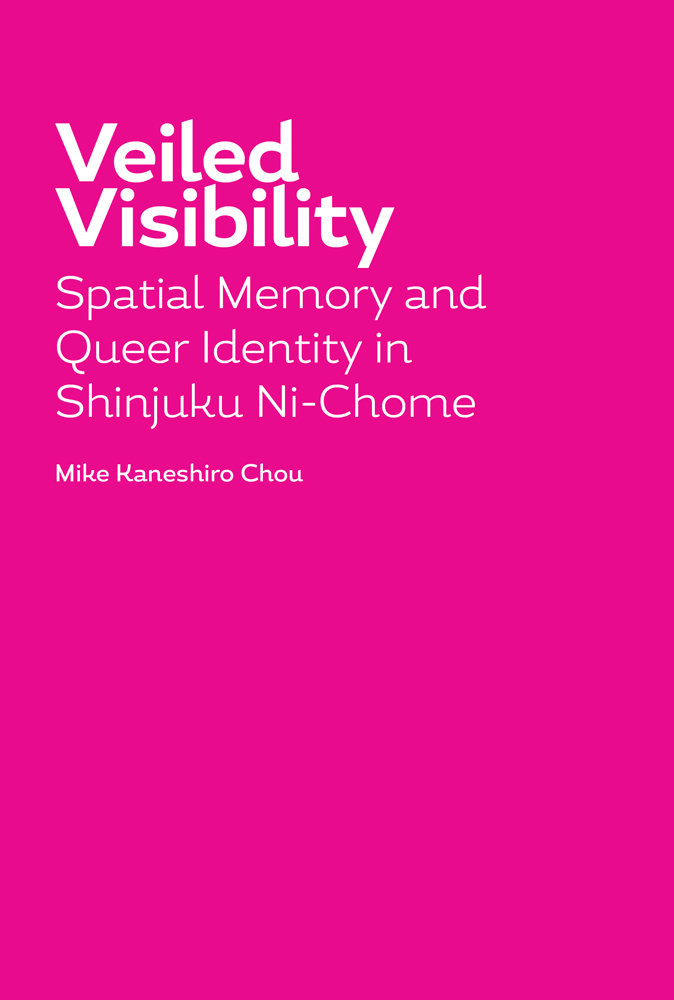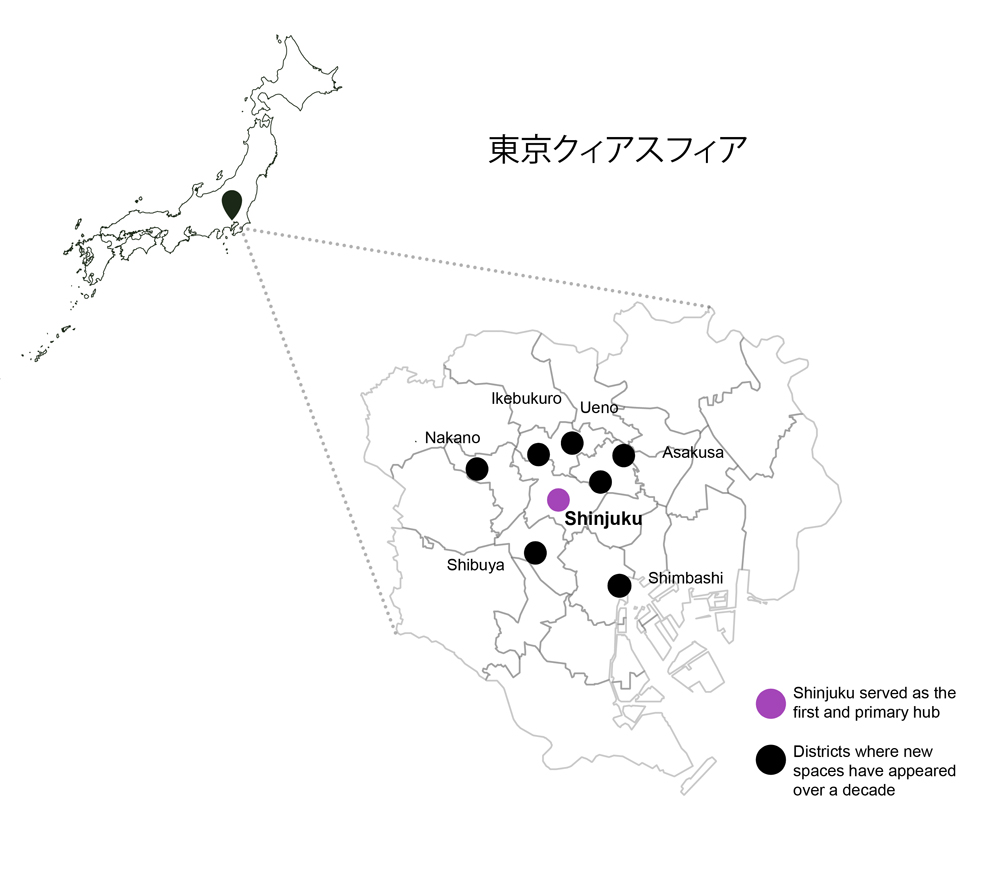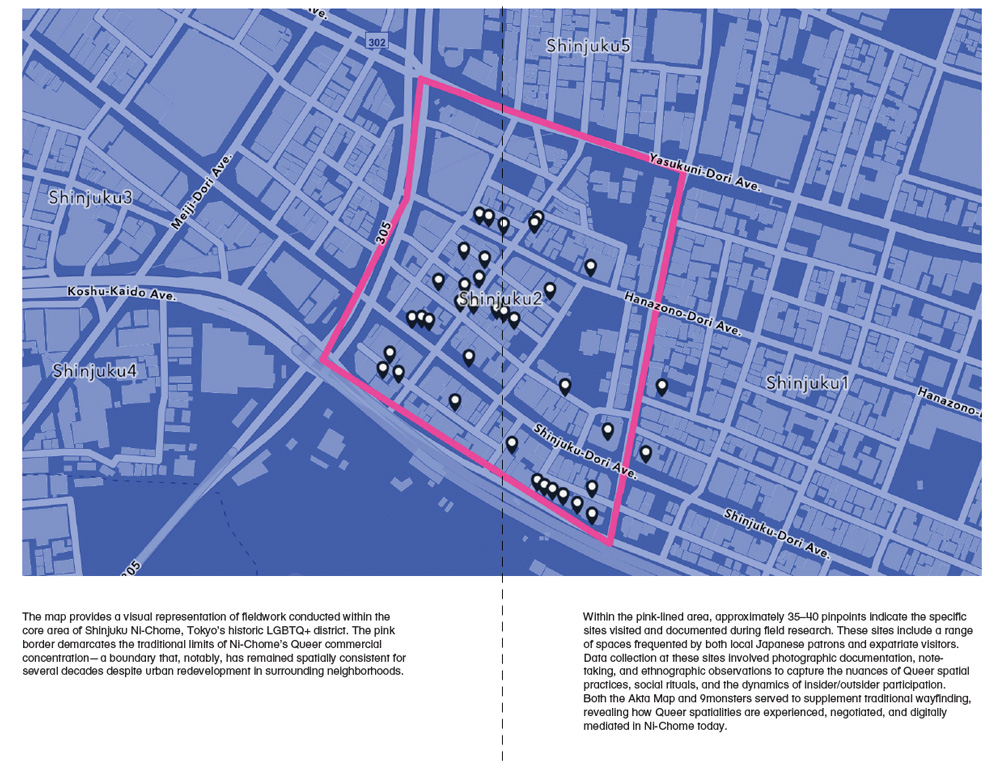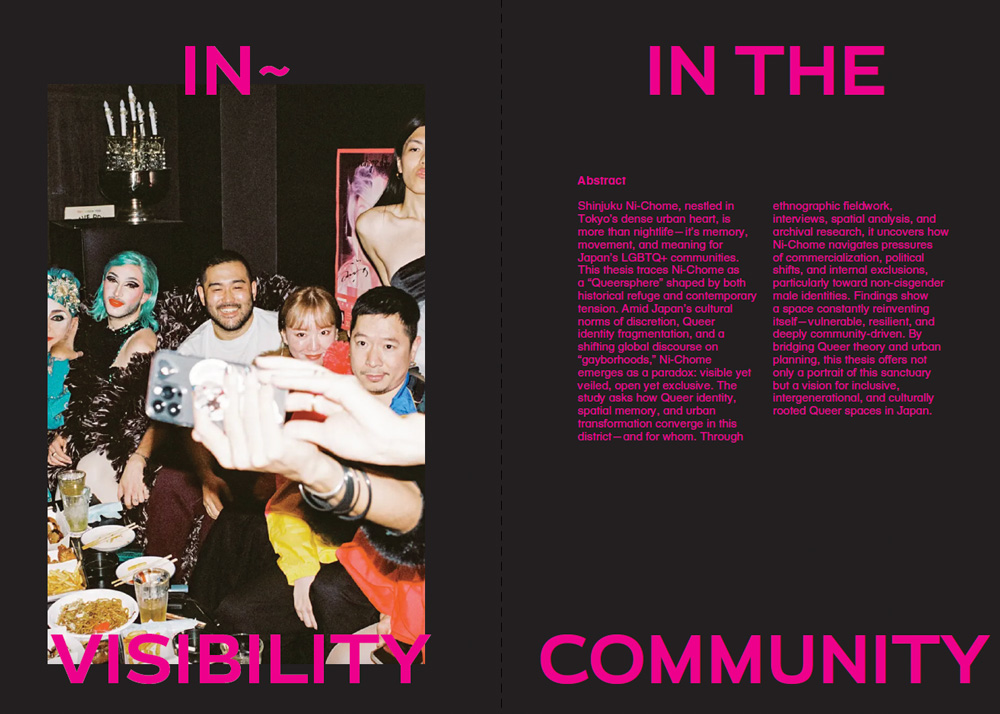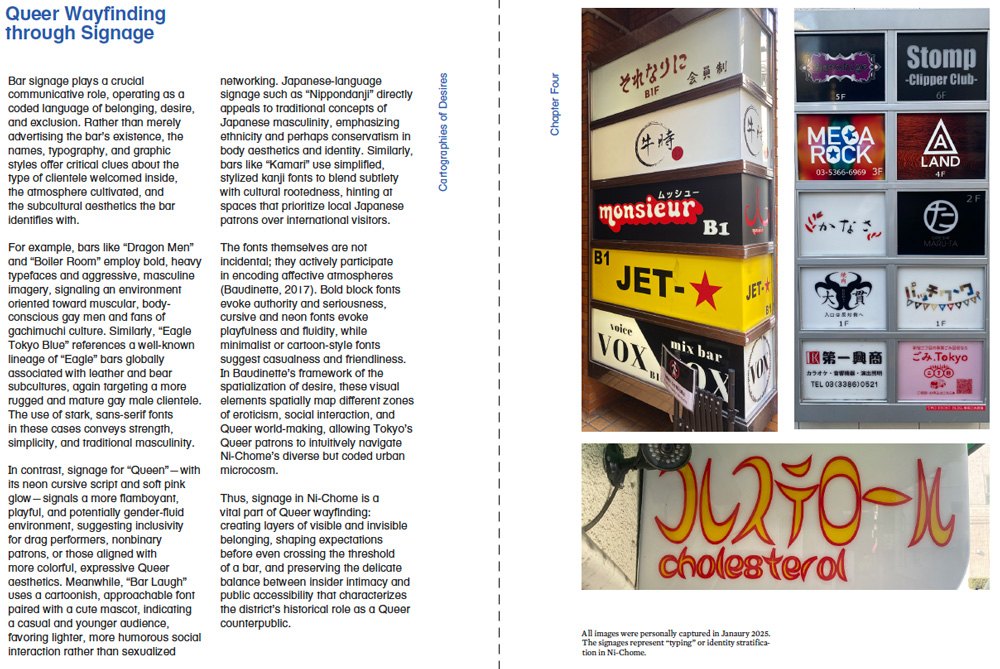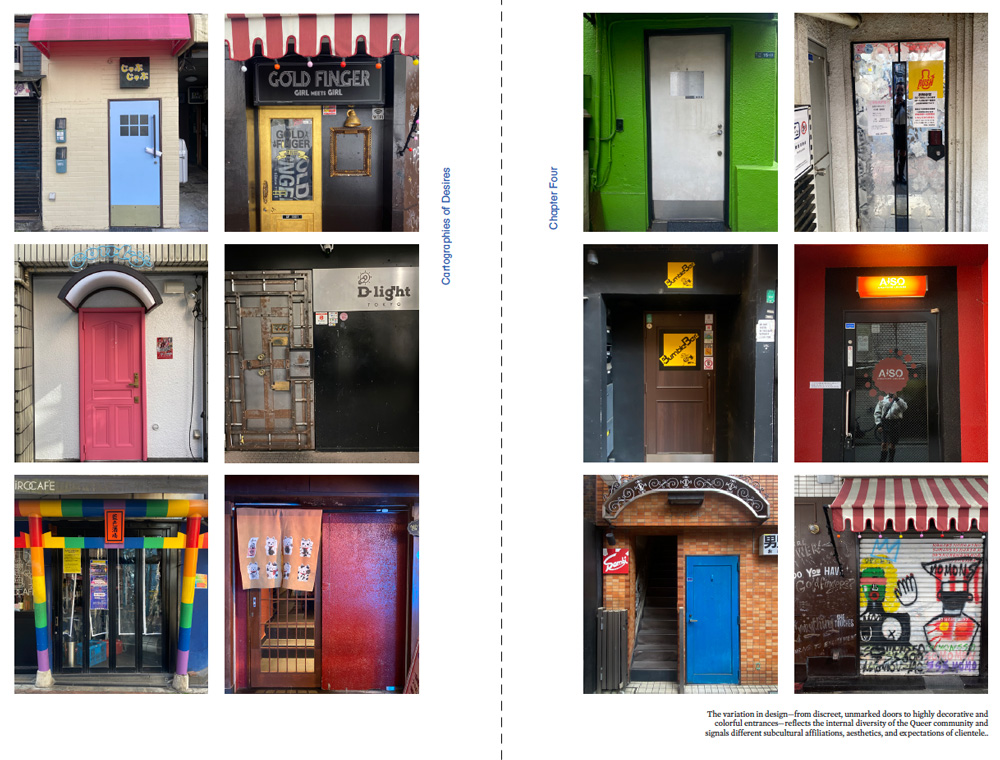VEILED VISIBILITY: SPATIAL MEMORY AND QUEER IDENTITY IN SHINJUKU NI-CHōME

Michael J. Kaneshiro Chou (MUP/MPH ’25)
This thesis examines Shinjuku Ni-Chōme—Tokyo’s historic LGBTQ+ enclave—as a deeply layered urban space shaped by memory, resistance, and identity. More than a nightlife district, Ni-Chōme functions as a cultural sanctuary for Japan’s queer communities, simultaneously visible and veiled in a society that often privileges discretion. Through ethnographic fieldwork, interviews, spatial analysis, and archival research, the project traces Ni-Chōme as a “Queersphere”: a spatial formation marked by paradoxes—open yet exclusive, resilient yet vulnerable. The study investigates how queer identity and community are constructed and negotiated within the district, while also analyzing internal tensions, such as the marginalization of non-cisgender male identities. It reveals a neighborhood in constant flux, navigating the pressures of commercialization, political shifts, and evolving cultural norms.
By bridging queer theory with urban planning and design methodologies, this research brings critical attention to how marginalized communities actively shape the city. It challenges planners to rethink conventional notions of inclusivity, heritage, and public space—urging them to recognize informal, culturally rooted landscapes often left outside mainstream narratives. Urban planning must move beyond policy and infrastructure to engage with memory, identity, and lived experience. Ni-Chōme serves as a case study in how queer spaces are not passively inherited but actively made—through collective effort, creativity, and resilience.
Queer space-making is an ongoing act of negotiation. It reflects the reality that belonging is not granted by the city, but forged by those who move through its streets and claim it as their own. As Ni-Chōme continues to evolve amidst gentrification, fading cultural memory, and societal transformation, so too must the tools and values that guide urban planning. In a world where queer visibility remains conditional and urban spaces increasingly commodified, the lessons of Ni-Chōme are both urgent and inspiring. They call for queer futures that honor cultural specificity, intergenerational continuity, and spatial justice. As global cities grapple with how to support queer communities in claiming and sustaining space, Ni-Chōme offers a powerful reminder: queer urbanism must remain dynamic, plural, and deeply grounded in the lived complexities of urban life.
